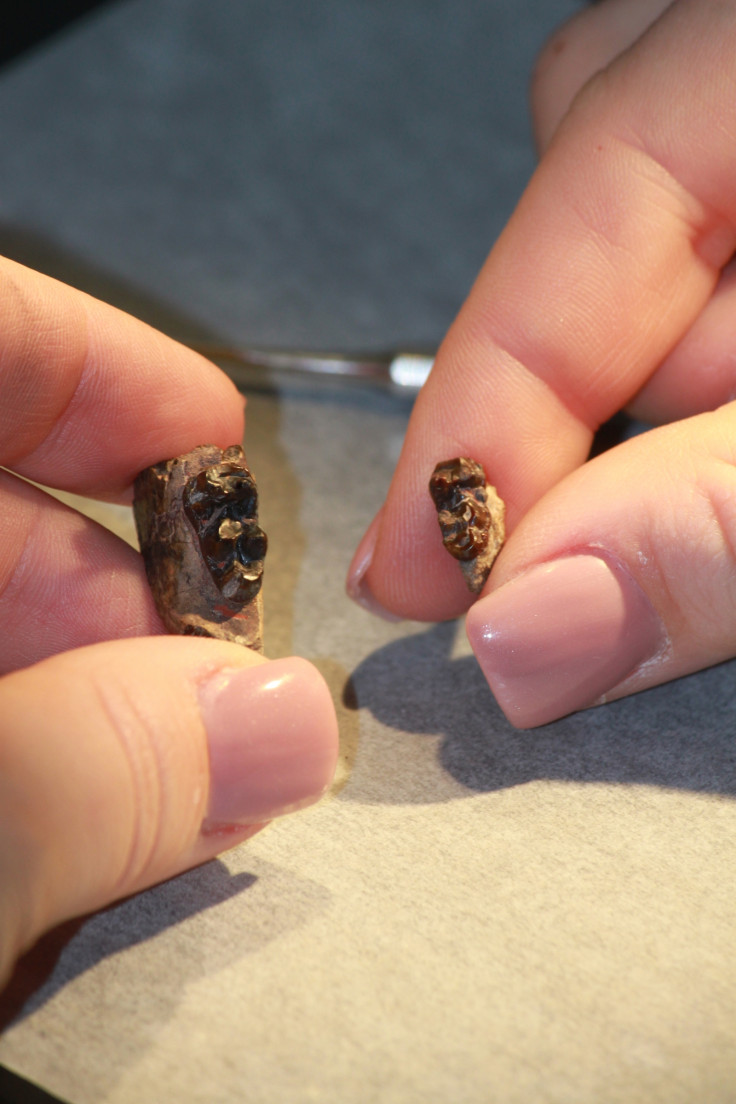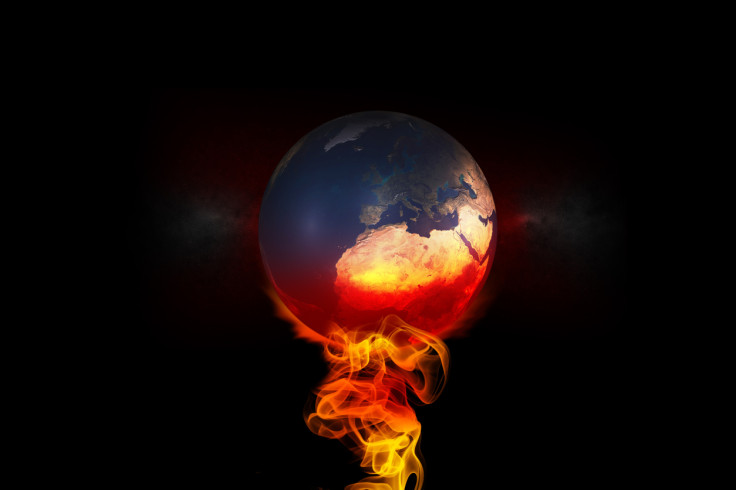Will climate change make us shrink? Global warming turns mammals into dwarfs
During past warming events, some mammals have considerably decreased in size.
Mammals may become smaller due to global warming, scientists have suggested. They have found evidence that mammals have 'dwarfed' at least twice in Earth's history as temperatures rose.
Climate change significantly impacts ecosystems, although this phenomenon re remains poorly understood. Looking at past climates, researchers have found evidence of mammalian dwarfing taking place during the largest warming event on record – the Paleocene-Eocene Thermal Maximum (PETM).
However, scientists remain unsure about the extent to which other events of global warming can similarly be linked to dwarfing, and what the implications will be for modern mammals as temperatures continue to rise.
"During past warming events like the PETM, CO2 was released into the atmosphere", author Abigail Carroll from the University of New Hampshire told IBTimes UK.
"A recent study has reported back that we are pumping CO2 in the atmosphere at rates ten times greater than during the PETM, so it is quite worrying and could potentially have important consequences on current mammals."
Tooth enamel

In her study, now published in the journal Science Advances, she and her colleagues try to answer two important questions – whether mammalian body size changes are also found during other warming events (other than the PETM) and whether there is a relationship between the magnitude of warming and the degree of mammalian dwarfing.
The team looked at fossils from the Eocene Thermal Maximum 2 (ETM2), a smaller warming event that occurred approximately 53.7 million years ago. They analysed tooth enamel from a number of mammalian fossils representing four taxonomic groups that lived at the time of this warming event.
These were Arenahippus pernix, an early horse ancestor; Diacodexis metsiacus, an archaic rabbit-sized artiodactyl; Hyopsodus simplex, a weasel-like archaic ungulate; and Cantius abditus, an early primate similar to modern lemurs. The teeth provided a proxy for mammalian size.
The scientists found that both the early horse and rabbit-sized artiodactyl significantly decreased in size throughout the ETM2 event – by as much as 14% – confirming that the dwarfing phenomenon took place for some mammals at the time.
There is also evidence that during the PETM, another archaic horse closely related with Arenahippus pernix decreased in size by as much as 30%, confirming this trend and suggesting that shrinkage could be proportional to the extremity of the warming event (the PETM was more extreme than the ETM2).

Why dwarfing occurs
It is not clear why global warming causes some mammals to shrink, but different hypotheses have been tabled
Smaller species tend to live close to the equator, where it is warmer, while larger species are usually found closer the poles. Being smaller in size is thought to make it easier for animals to cool off while larger animals are better equipped to keep in heat. These observations could be important to understand why mammals became smaller in size during a warming event. "It may have been an adaptive response, smaller body sizes were favoured to keep cool in dry, warm environments," Carroll explained.

An alternative is that a CO2 increase in the atmosphere decreased the nutritious quality of plants and thus mammals who fed on them became smaller. "I lean towards a theory that combines a bit of both explanations. I think it is possible that there were many droughts, which decreased the amount of nutrients available for plants and this then had an impact on the rest of the food chain," she added.
It remains to be seen what the consequences of current global warming will be, but the scientists say dwarfing in response to temperatures has already been observed in some species, such as the woodrat.
© Copyright IBTimes 2025. All rights reserved.






















